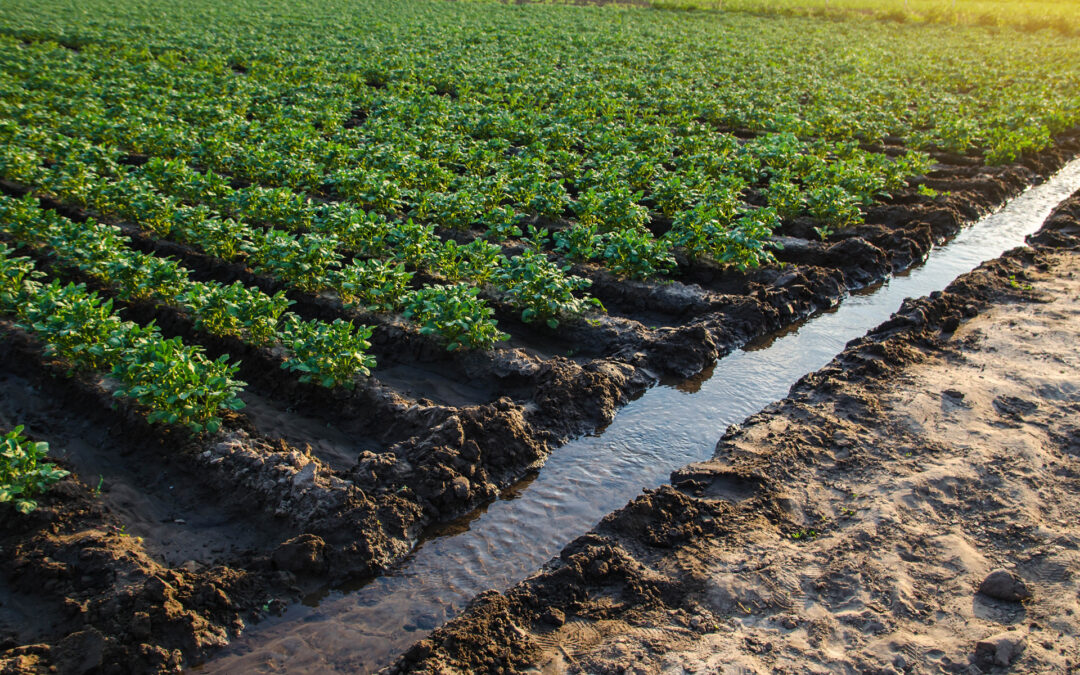Swine manure foaming is a hidden danger due to trapped methane, risking fires, and explosions during activities like stirring or welding. Prioritizing safety for yourself, employees, and farm animals when dealing with foam is of utmost importance. Our blog offers essential insights on deep pit and manure foaming formation and management based on research.
Gas Production
Deep pit manure storage typically generates methane as part of the natural breakdown process. However, barns experiencing foaming issues produce methane at a rapid rate—2-3 times more than non-foaming barns. Researchers were puzzled by this phenomenon.
Feeding trials uncovered a key insight: Diets high in fiber resist pig digestion, leading to more carbon in the manure. Microbes thrive on this carbon, serving as their energy source for growth. This suggests that recent dietary changes, like using more fiber rich DDGS in feed, fuel the methane increase by stimulating the growth of a vigorous microbial community.
Foam Stabilization
To make foam, you need more than just air bubbles – you need something to keep them stable. Research reveals that these stabilizers are tiny particles (2-25 µm) enriched in proteins. But here’s the catch: these proteins need a binding agent. What is that magical ingredient? Well, researchers aren’t 100% certain yet, but the leading data suggests it’s a substance produced by microbes, known as microbial poly-liposaccharide or microbial goo. This microbial goo plays a crucial role by making the foam very thick, keeping the bubbles moist, and extending their lifespan.
A similar chemical reaction is happening in manure. As biogas moves through the manure, it brings those protein bits to the surface, agitating and orienting them so that their hydrophobic parts face the bubble while the hydrophilic parts face the manure. When they react with the microbial poly-liposaccharide, it results in a stable and long-lasting foam.
Microbes
When comparing two identical barns with the same pigs and diets, the key factor behind one barn foaming while the other didn’t was the microbial community thriving in the manure. Dietary components do influence this community, but other factors are equally important.
Research emphasizes that the manure’s carbon content, acting as microbial food, shapes these communities. Diets rich in fiber, particularly with DDGS, tend to establish foaming communities prone to crusting. Conversely, non-foaming manures accumulate volatile fatty acids, leading to slightly lower surface tension and reduced methane production rates.
In contrast, foaming manures exhibit microbial communities linked to increased dietary oil, featuring higher levels of specific microorganisms that correlate with heightened methane production rates.
Tips on How to Work with Foam
- When you’re pumping out nearly full pits, pump without stirring until the manure is about 2 feet below the slats.
- Turn off things like heater pilot lights and non-ventilation electrical systems (like feeding equipment) that could create sparks.
- Keep the ventilation running all the time to prevent gas buildup. When stirring the manure, make sure to increase the ventilation to quickly get rid of any gases released.
Contact Healthy Farms for More Expert Insight
If you need further guidance regarding deep pit and manure foaming for your swine farm, contact our team at Healthy Farms!
